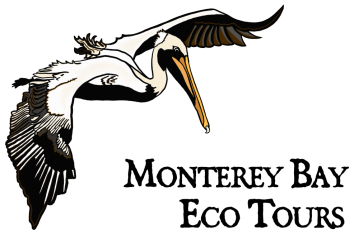AMERICAN AVOCET AND BLACK-NECKED STILT: GRACEFUL WADERS OF ELKHORN SLOUGH

Elkhorn Slough, a coastal haven between Santa Cruz and Monterey, is home to a diverse array of avian species. Among its elegant residents are the American Avocet and Black-necked Stilt, two wading birds that add beauty and charm to the slough’s wetlands. In this article, we’ll delve into the characteristics and significance of these graceful waders that grace the shores of Elkhorn Slough.
American Avocet: Elegance in Action
The American Avocet (Recurvirostra americana) is a striking wader known for its distinctive upward-curving bill and elegant breeding plumage. Its graceful foraging behavior, often characterized by sweeping its bill side to side, is a captivating sight against the backdrop of the slough’s waters.
Black-necked Stilt: Tall and Graceful
The Black-necked Stilt (Himantopus mexicanus) is a tall and slender wader that stands out with its black and white plumage and long, thin legs. Its graceful presence along the slough’s mudflats and shallows adds a touch of elegance to the wetland landscape.
Habitat and Behavior
Both the American Avocet and Black-necked Stilt are skilled foragers that thrive in the shallow waters and mudflats of Elkhorn Slough. They use their distinctive bills to probe and sweep through the water in search of aquatic invertebrates, showcasing their adaptability to the slough’s diverse ecosystem.
Conservation and Significance
These waders play an essential role in maintaining the ecological balance of Elkhorn Slough. As they forage for insects and small organisms, they contribute to controlling the populations of these creatures, thereby aiding in the overall health of the wetland environment.
The American Avocet and Black-necked Stilt, with their grace and elegance, bring a sense of serenity and beauty to Elkhorn Slough. As we explore the tranquil waters and lush landscapes of this coastal sanctuary, let us appreciate the significance of these waders in the delicate web of life that thrives within the slough’s wetlands. Their presence reminds us of the importance of preserving and protecting the habitats that sustain them, ensuring that future generations can continue to marvel at their elegance in action.

Graceful Symphony: A kaleidoscope of avian species soars in harmonious unity over Elkhorn Slough, painting the sky with the vibrant hues of nature’s finest artists.
